Sierra de Huétor Natural Park is a favourite weekend destination for the population of Granada
By Nick Nutter | Updated 22 Sep 2022 | Granada | Parks |
Login to add to YOUR Favourites or Read Later
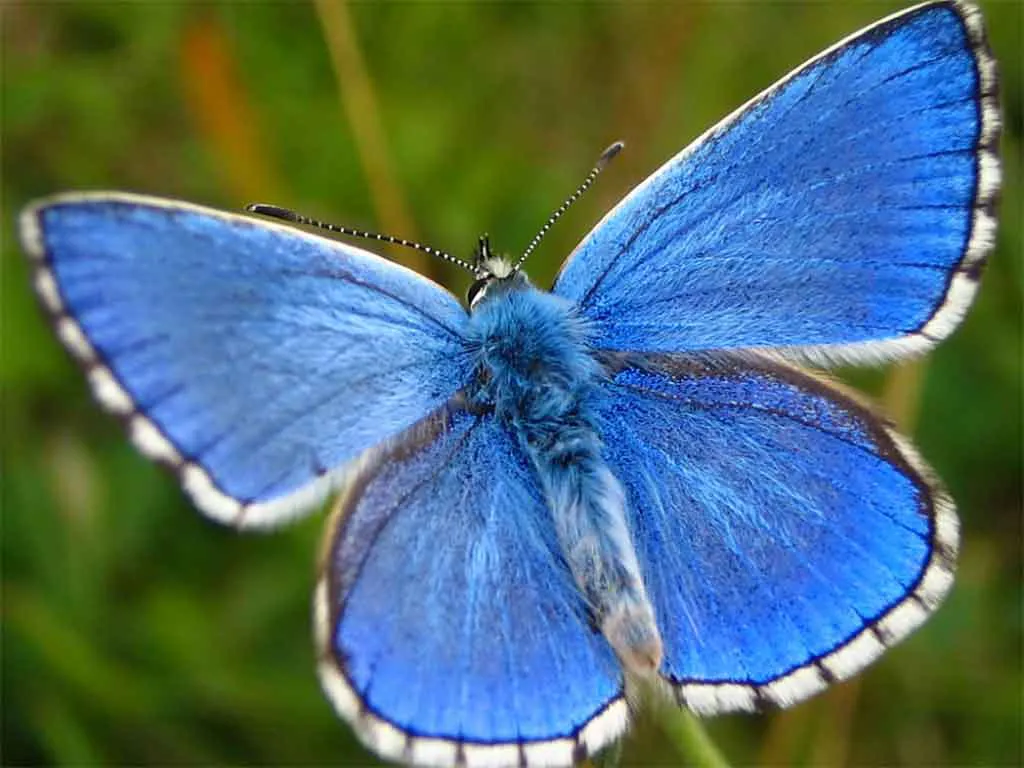
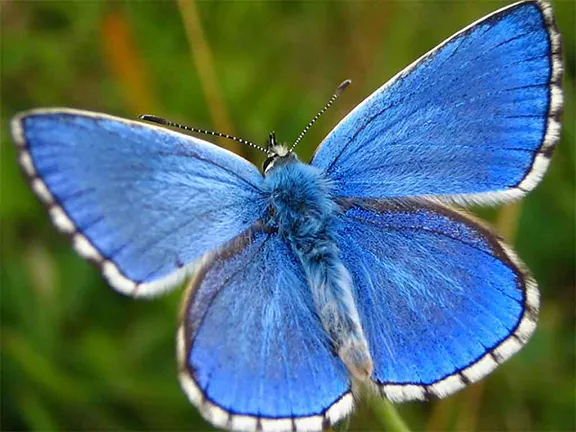
lysandra bellargus ssp alfacariensis
Just 20 kilometres northeast of Granada city, the Sierra de Huétor Natural Park is a favourite weekend destination for the population of the city. At heights ranging from 1000 to 2000 metres, this limestone massif with the breathtaking features common to limestone areas, deep ravines, cliffs, caves, springs and fantastical karstic formations, with its crisp, clean air, is a sharp contrast to the city itself that is often covered by a haze of atmospheric pollution.
Fresh, clean water was a prized commodity during the Muslim occupation of al_Andalus. To help supply the city of Granada, the Muslims built an aqueduct from the Fuente Grande spring in Alfacar in the Sierra de Huétor, to the Albaucin district in Granada itself, a distance of over 20 kilometres. You can still stumble across the course of this ancient aqueduct as you walk or cycle the many kilometres of paths and tracks that wend through the park. There are other signs of the Muslim occupation as well, farmhouses, field works, an Arab baths at the village of Cogollas Vega and a neoclassical Palacio de Cuzco in the town on Viznar. The more recent trenches and fortifications date to the 1930s, the Spanish Civil War.
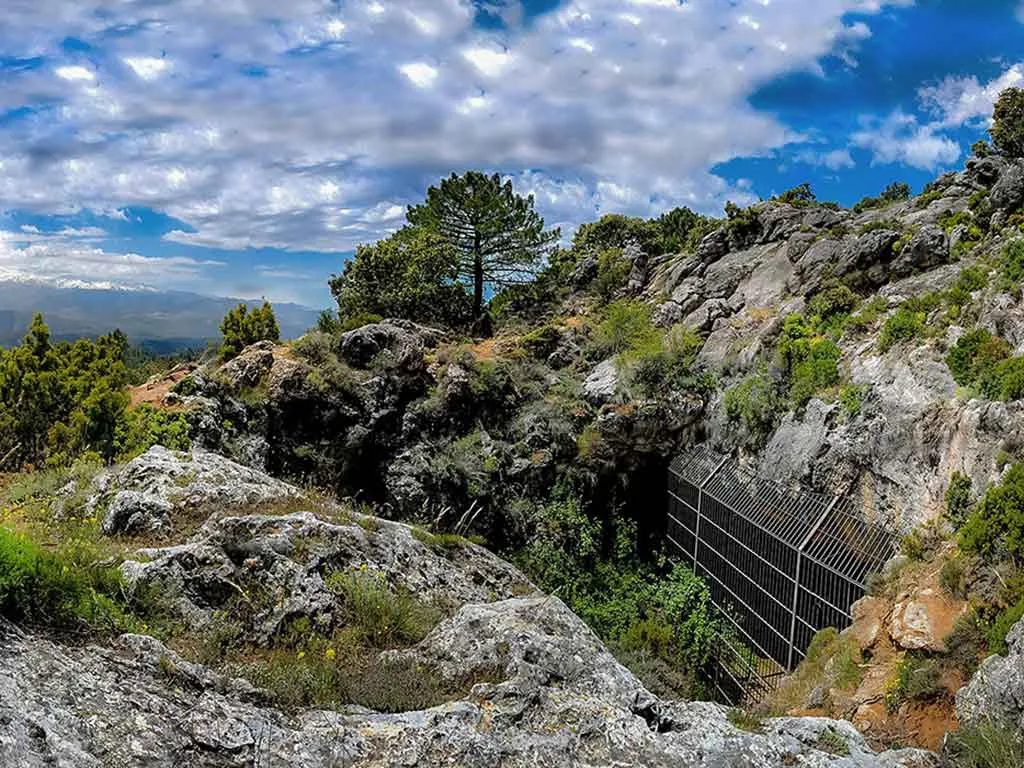
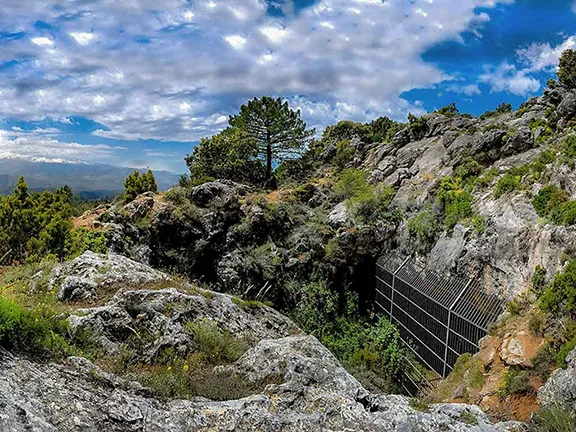
Cueva del Aqua
Whilst most of the pine forest consists of re-introduced species there are some patches of native holme oak, gall oak and maples in the northern, more remote parts of the park. The higher slopes of oak woodland, are undergrown with native shrubs making up the famous maquis; berberis, dog roses, broom and honeysuckle, an almost impenetrable layer of vegetation if you stray from the paths. If you are there in winter you may well see a species that has escaped from the neighbouring Sierra Nevada, the crocus nevadensis. In spring, a strikingly blue butterfly, the lysandra bellargus ssp alfacariensis flits amongst the maquis. This butterfly is endemic to the Sierra de Huétor and was discovered in this area.
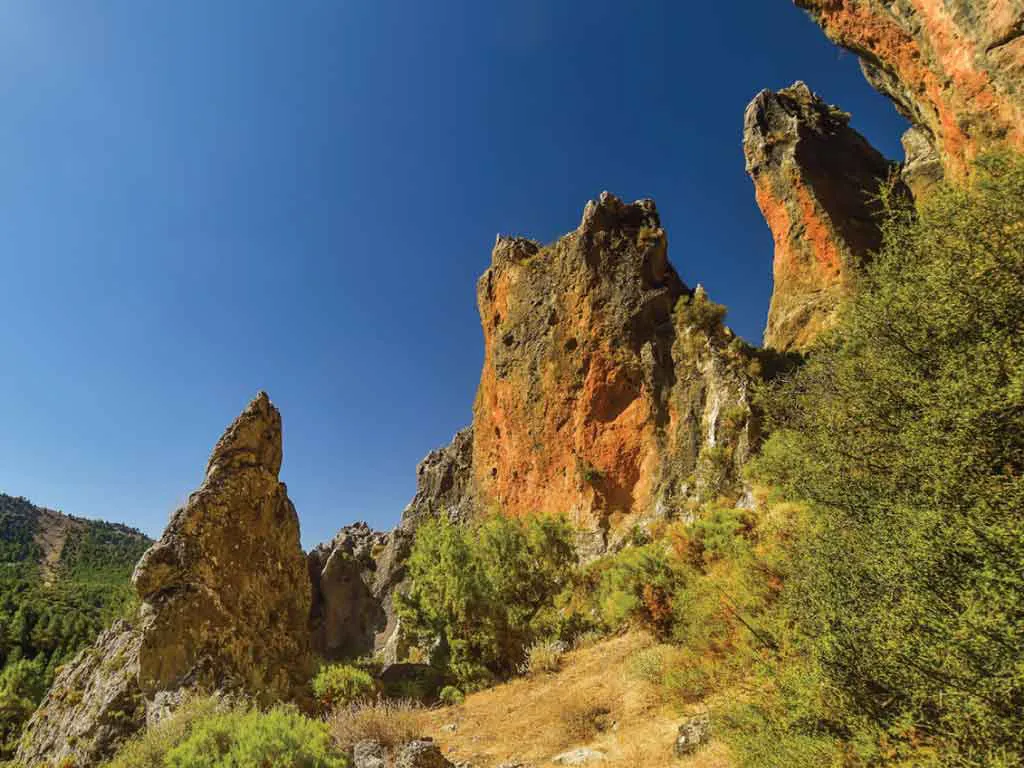
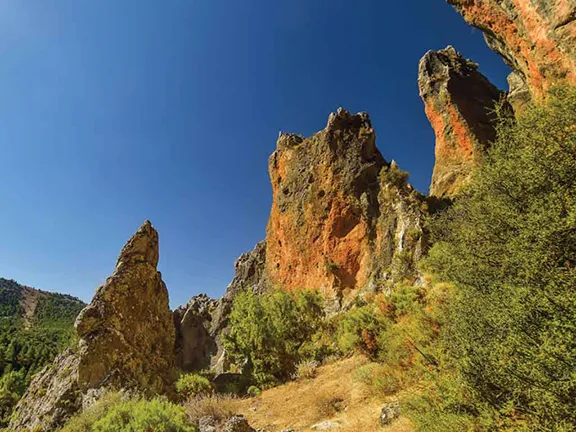
Karstic formations
The higher areas, where the limestone penetrates the low vegetation, is home to warblers and rock buntings whilst the woods shelter robins, tits and chaffinch. Soaring overhead are golden eagles, booted eagles, buzzards, goshawks. You may also see sparrowhawks, shooting along the edge of copses in search of their prey. Little owls and tawny owls are fairly common and the very fortunate may see one of the small population of eagle owls.
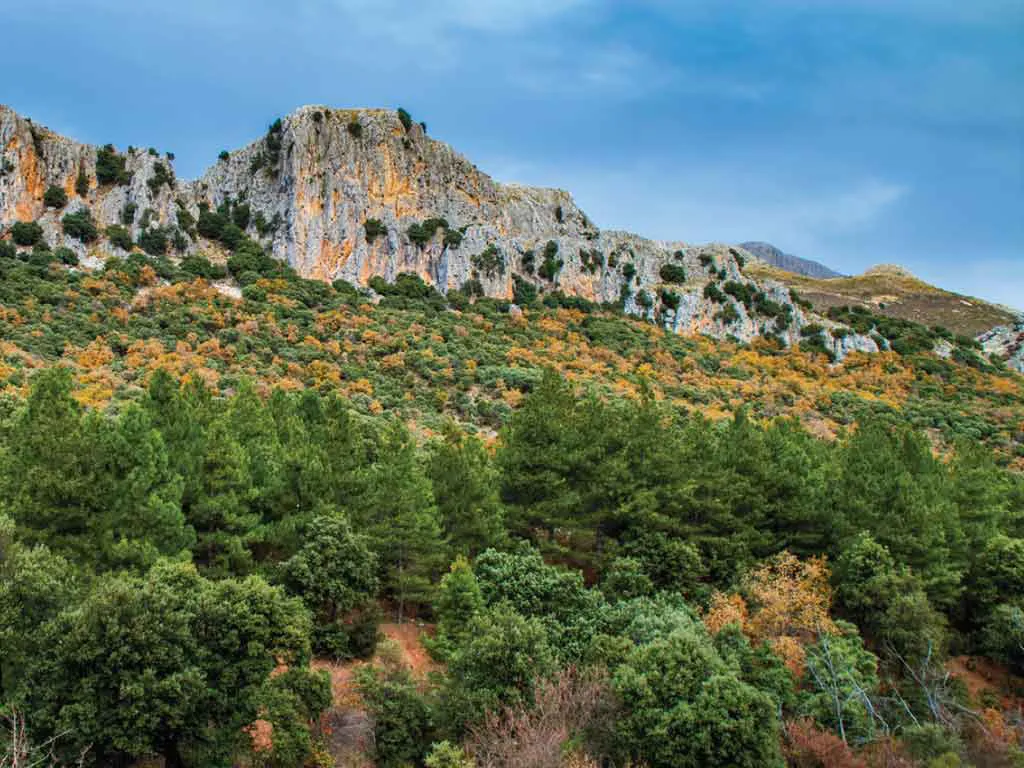
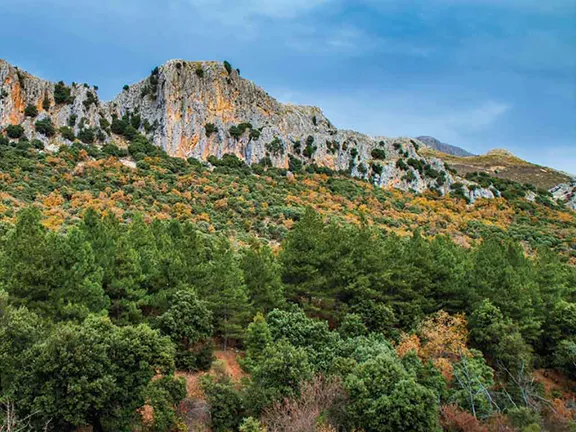
Maquis
The high, rocky, slopes mark the territory of the mountain goats and wild cats whilst, in the woods, there are wild boar, martens and weasels. There are decent numbers of rabbits and foxes. The best time to spot the mammalian wildlife is just after dawn, before the families arrive and scare all the animals into cover.
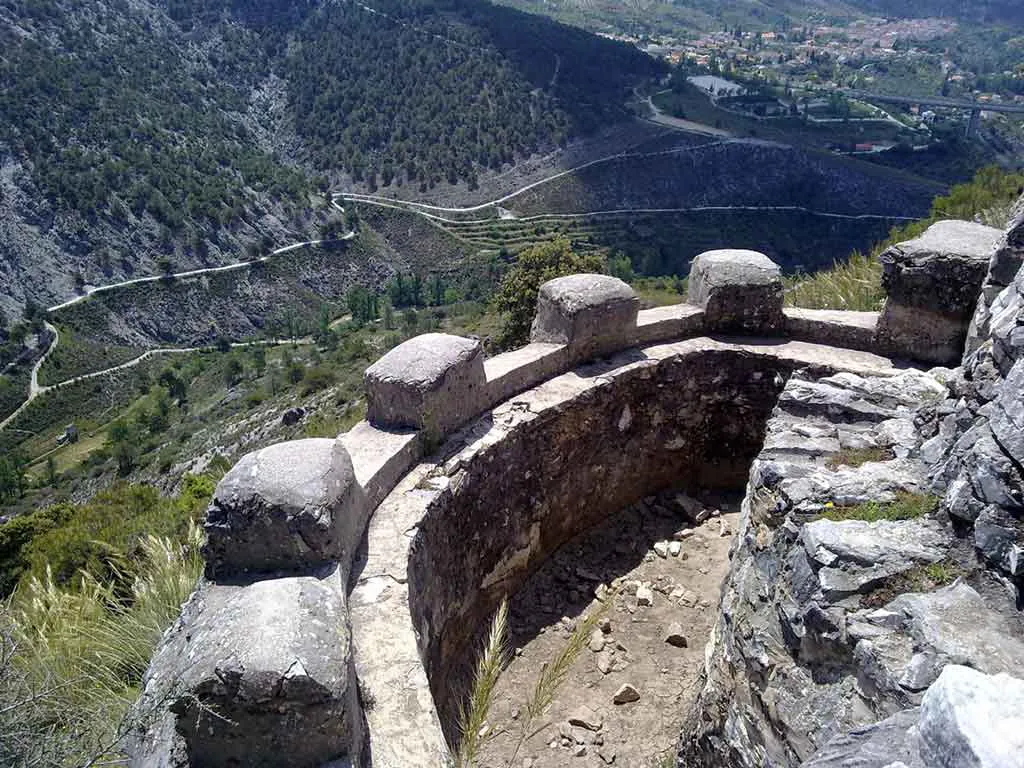
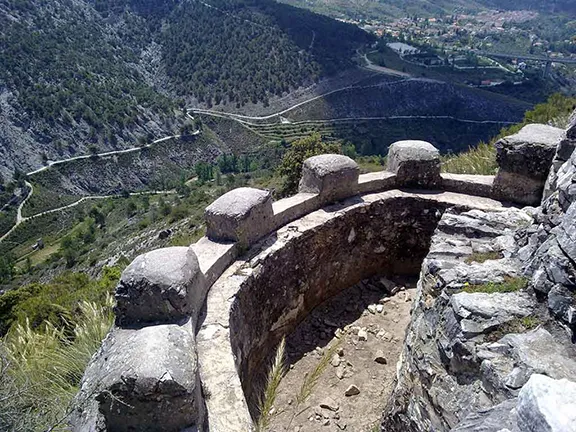
Civil War trenches
The visitor’s centre is at Puerto Lobo just off the A92 near Viznar and is clearly signposted.